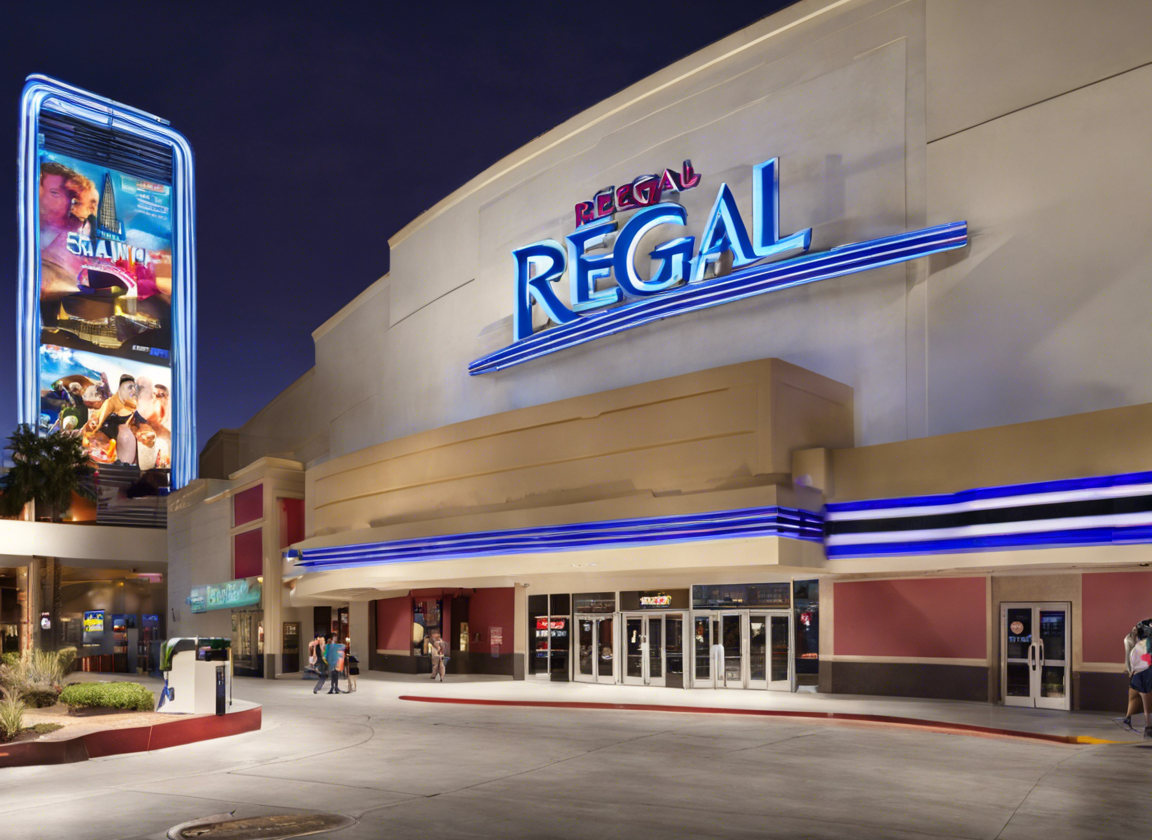The motion potential then traverses to the cardiac myocytes, where it invades the T-tubule. The predominant isoform in the heart is RyR2. As in skeletal muscle, contraction is controlled by phosphorylation of troponin however can be modulated by calcium-CaM and MLCK. Mice with a nonphosphorylatable MLC in ventricular myocytes display depressed contractile function and develop atrial hypertrophy and dilatation (Sanbe et al. 1999). Neural management initiates the formation of actin–myosin cross-bridges, resulting in the sarcomere shortening involved in muscle contraction. These contractions extend from the muscle fiber through connective tissue to pull on bones, causing skeletal movement.
Striated muscle in the relaxed state has tropomyosin overlaying myosin-binding websites on actin. Calcium binds to troponin C, which induces a conformational change in the troponin complex. This causes tropomyosin to maneuver deeper into the actin groove, revealing the myosin-binding sites.
Myosin for muscle contraction. This is the arrangement of the actin and myosin filaments in a sarcomere. The alternating strands of actin and myosin filaments.
The motion of the myosin head again to its authentic position is known as the recovery stroke. Resting muscle tissue store power from ATP in the will ferrell saturday night live yoga myosin heads while they wait for another contraction. Phosphorylation of RyR by either PKA or CaMKII fully prompts the channel.
Each muscle accommodates many muscle spindles; muscle tissue which may be needed for fantastic actions include extra spindles than muscle tissue which might be used for posture or coarse movements. If a sarcomere at relaxation is stretched previous a super resting size, thick and skinny filaments don’t overlap to the greatest degree, and fewer cross-bridges can form. This leads to fewer myosin heads pulling on actin, and less pressure is produced. As a sarcomere is shortened, the zone of overlap is reduced as the thin filaments attain the H zone, which consists of myosin tails.
The movement of muscle shortening happens as myosin heads bind to actin and pull the actin inwards. This motion requires energy, which is supplied by ATP. Myosin binds to actin at a binding website on the globular actin protein.
It is measured in volts, similar to a battery. However, the transmembrane potential is considerably smaller (0.07 V); due to this fact, the small value is expressed as millivolts or 70 mV. Because the within of a cell is negative compared with the outside, a minus signal signifies the surplus of negative expenses inside the cell, −70 mV. Thin filaments attach to a protein within the Z disc called alpha-actinin and happen across the complete size of the I band and partway into the A band.
Because the muscle spindle is positioned in parallel with the extrafusal fibers, it’ll stretch along with the muscle. The muscle spindle indicators muscle size and velocity to the CNS via two forms of specialised sensory fibers that innervate the intrafusal fibers. These sensory fibers have stretch receptors that open and shut as a function of the size of the intrafusal fiber. Motor neurons aren’t merely the conduits of motor instructions generated from larger ranges of the hierarchy.
Lactic acid then travels to the liver, which converts it to glucose. Conversion to glucose requires ATP and oxygen. During exercise, obtainable oxygen is used primarily by muscle, so much less is available for use by liver. Muscle has large shops of creatine phosphate however it is quickly used up throughout sustained contraction. ACh is broken down by ACh-esterase.





